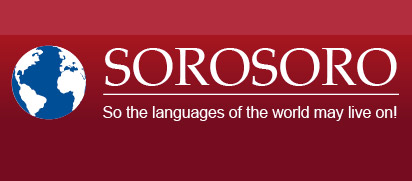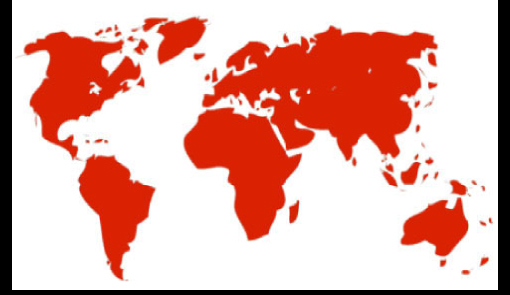Print  |
|

Baynunk
Page created by Sokhna Bao-Diop, INALCO Ph.D student for the CNRS-LLACAN lab, 2010.
Data on Baynunk
Alternative names: Bainouk, Banyum, Banyun, Bagnoun, Banhum, Bainuk, Banyuk, Banyung, Elomay, Elunay, Ñuñ
Classification: Niger-Congo family, North Atlantic branch
Baynunk is an Atlantic language spoken in southern Senegal, northern Guinea-Bissau, and the neighboring Republic of Gambia. It belongs to the Nyun-Buy group (according to Ethnologue) – along with Buy, language of the Cobiana ethnic group – of the Niger-Congo language family.
Area: Bignona, Tobor and Niamone, north of Ziguinchor (Ethnologue)
Main dialects: data based on a Masters research project on the Gúbaher dialect by Noël-Bernard Biagui.
The Baynunk language has several dialectal variants:
– Kassa Gujaher
Spoken in:
a)- northern Kassa: around Guidel, Niadiou, Samick, Bilass, Goonum, Kaour, goudomp, Singher baynunk, Añack, Sinedone, Adéane Djifanghor Bissine, etc.
b)- Guinea-Bissau: around Jegui, Sonck and Tudenghal
– North and East Guñuun
Spoken in:
a)- the Buje and Yassin regions (around Balantacounda)
b)- the Mancana region (Gambia)
c)- the Bounkiling region (Tobor Sonkondu)
d)- the Pakao region (around Sedhiou)
– West Casamance Guñuun
Spoken:
a)- around Niamone and Bourofaye Baynunk (dialect known as Guñaamolo)
b)- around Tobor, south of Niamone (dialect known as Guñuun)
c)- around Ziguinchor and Djibélor (dialect known as Gubeloor)
d)- around Djibonker-Brin (dialect known as Gúbaher)
– Djibonker idiom
The Djibonker idiom is spoken in Djibonker, west of Ziguichor, Nyassia district, rural community of Enampor. The Baynunk variant spoken in Djibonker is referred to by the locals as Gúbaher.
Number of speakers: 6 220 in Senegal (Ethnologue, 2006).
Language status:
Since the 1970s, the DPLN (Direction de la Promotion des Langues Nationales) has been promoting the local vernacular languages through a process of codification, thus helping these languages reach the status of “national language”. One language each year benefits from this codification system.
17 have been codified so far, adding to the 6 languages that already were when the process was launched. Baynunk comes 15th since 2005, and researchers have even created a spelling system for it.
Despite their codification, however, minority languages do not have the same benefits as the 6 first languages, which have been extensively studied.
Baynunk is one of those very understudied languages.
Vitality & transmission
In urban areas, according to Sokhna Bao-Diop, the transmission of language never goes all the way through. In some families of Dakar, for example, children do not understand Baynunk, and when they do, they’re unable to use it fluently. More and more speakers of Baynunk tend to move to the cities in order to find work, or for the younger generation, to fulfill their education.
According to the number of people who speak Baynunk, Sokhna Bao-Diop says, the language appears to fit within the six factors defined by the UNESCO to identify endangered languages.
Media & diffusion
Some radio broadcasts air in Baynunk on the RTS (Radio Télévision Sénégalaise), the public media network.
Baynunk still hasn’t been introduced in education programs.
There are no written documents in Baynunk except for reading introduction textbooks developed by the New Tribes missionaries, and used during literacy campaigns.
Ethnographic observations
Who are the Baynunk?
The origins of the Baynunk people are still rather uncertain. But the Baynunk themselves claim to be the most ancient peoples of Casamance: the ancestors are said to have come from the East, chased away by the Malinke and forced to end up settling in Casamance. The Malinke call them Abaynunko (“those who were chased away and seek shelter”). The term Abaynunko decomposes as follows: abay (“he who has been chased away”) and nunko (“he who seeks shelter”).
Please do not hesitate to contact us should you have more information on this language: contact@sorosoro.org








